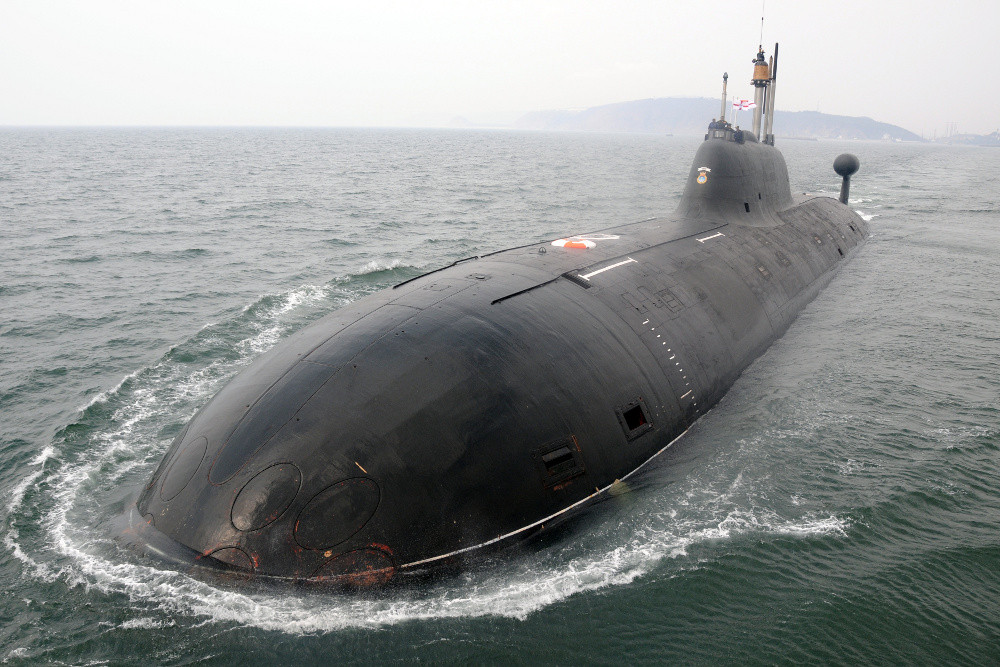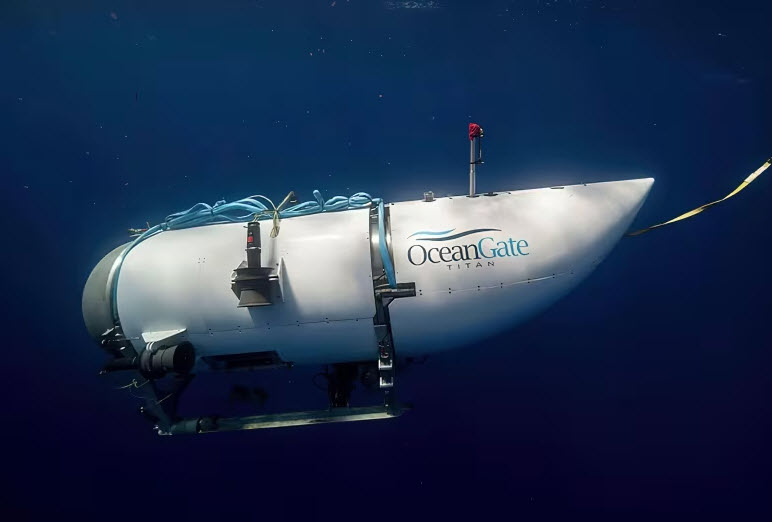Introduction
In the world of underwater exploration and transportation, two key terms often come up: submersible and submarine. While both are designed to operate beneath the water’s surface, they serve different purposes and exhibit unique characteristics. In this article, we will delve into the distinctions between submersibles and submarines, their respective functionalities, and how they have contributed to various fields, including science, industry, and defense.
Submersibles: A Closer Look
Submersibles are underwater vehicles designed primarily for scientific research, exploration, and inspection purposes. These vehicles are usually smaller in size and manned by a limited number of occupants, often just a few scientists or researchers. Submersibles can be tethered or untethered, meaning they may operate independently or remain connected to a mother ship or a surface support vessel.
One of the primary advantages of submersibles is their ability to reach great depths and explore environments that are otherwise challenging for humans to access. These vehicles are equipped with advanced sensors, cameras, and scientific instruments to study marine life, underwater ecosystems, geological formations, and even submerged wrecks. Submersibles play a crucial role in advancing our understanding of the oceans and the life within them.
Submarines: A Deeper Dive
On the other hand, submarines are highly specialized watercraft primarily used for military and defense purposes. Unlike submersibles, submarines are capable of prolonged underwater travel and are equipped with powerful propulsion systems, sophisticated weaponry, and advanced communication equipment.
Submarines are designed to remain submerged for extended periods, allowing them to stealthily navigate beneath the water surface and conduct strategic operations. Their military applications include intelligence gathering, surveillance, reconnaissance, and the capability to launch ballistic missiles or torpedoes when necessary. The ability to operate discreetly underwater makes submarines an integral component of many naval forces around the world.
Key Differences between Submersibles and Submarines
Purpose:
Submersibles: Scientific research, exploration, and inspection.
Submarines: Military and defense operations.
Size and Capacity:
Submersibles are typically smaller and have limited occupancy, focusing on accommodating researchers and equipment.
Submarines are larger, with the capacity to house a crew for extended missions, as well as advanced weapon systems and communication facilities.
Exploration Depth:
Submersibles are built to withstand immense pressure, enabling them to explore ocean depths that submarines may not reach.
Submarines, while capable of diving to considerable depths, are more limited in comparison to specialized submersibles built for extreme depths.
Propulsion and Power:
Submersibles often rely on battery power or electric motors, especially if tethered, which allows for quieter operations and better scientific data collection.
Submarines are equipped with powerful engines, often nuclear-powered, providing extended range and endurance for prolonged missions.
Conclusion
In conclusion, both submersibles and submarines have a significant impact on underwater activities but cater to different objectives. Submersibles are dedicated to scientific research, exploration, and inspection, pushing the boundaries of our knowledge of the deep seas. Submarines, on the other hand, serve strategic military purposes, enabling nations to safeguard their waters and project power.
As technology continues to advance, both submersibles and submarines will play critical roles in their respective fields, enhancing our understanding of the oceans and bolstering national security. By appreciating their differences and recognizing their individual capabilities, we can better utilize these remarkable vehicles to benefit humanity in various domains.



Recent Comments